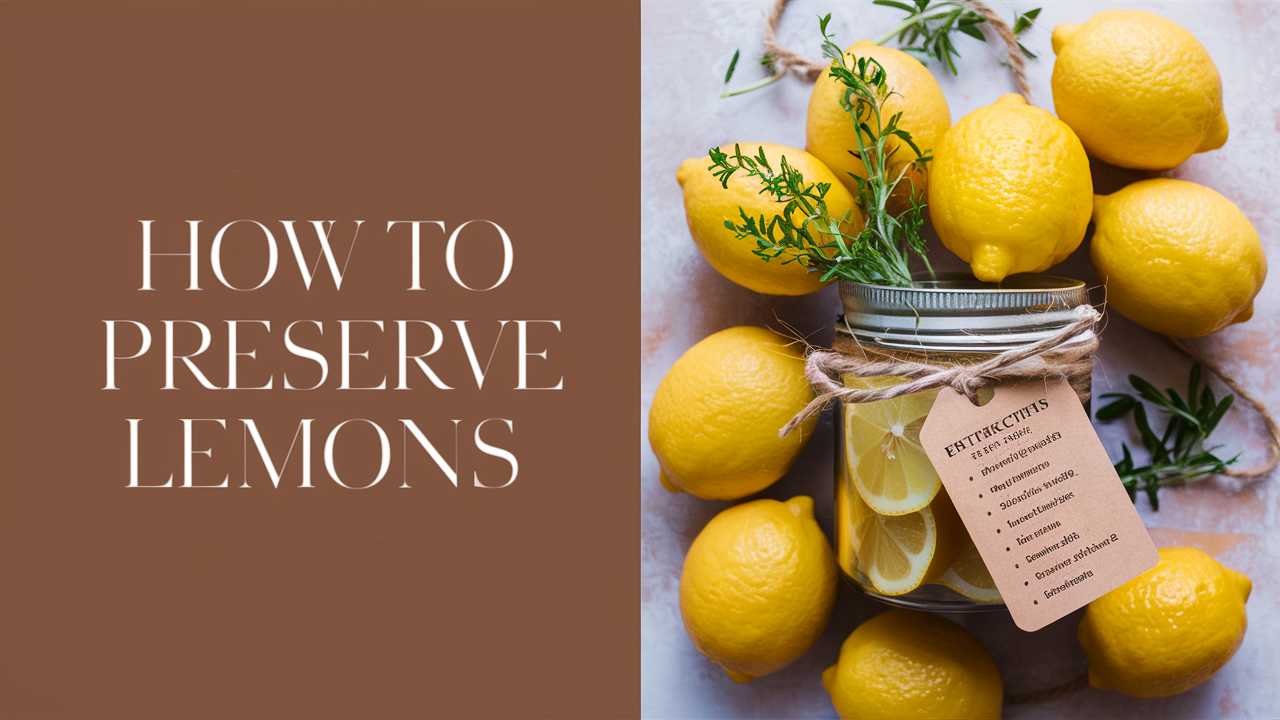In this guide, we’ll explore various methods of preserving lemons, the benefits of each method, and some creative ways to use preserved lemons in your cooking.
The Versatility and Benefits of Lemons
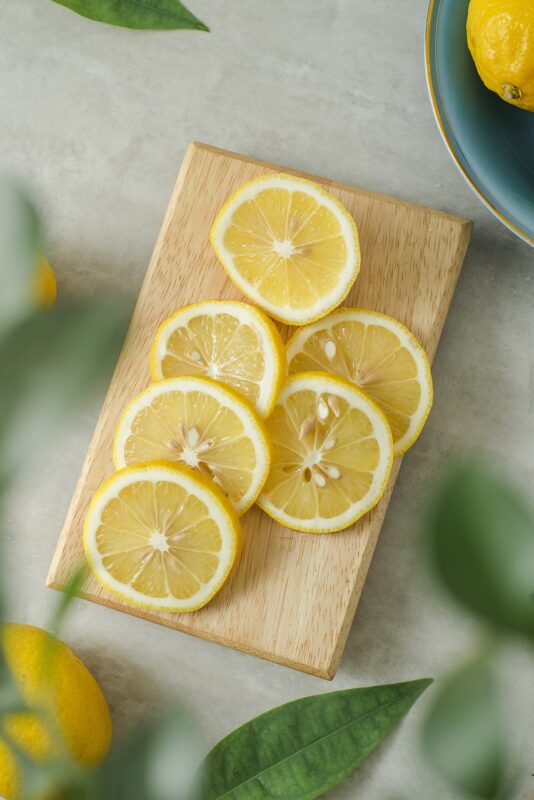
Before we dive into the specifics of preserving lemons, it’s essential to acknowledge their importance. Lemons are not merely a garnish; they are a key ingredient in drinks, dressings, marinades, and desserts. Their high vitamin C content boosts the immune system, while their natural acidity makes them perfect for balancing flavors.
Preserving lemons ensures you have a supply of this remarkable fruit year-round. This process enhances their flavor and transforms their texture, making them an invaluable addition to your pantry.
Understanding Lemon Varieties
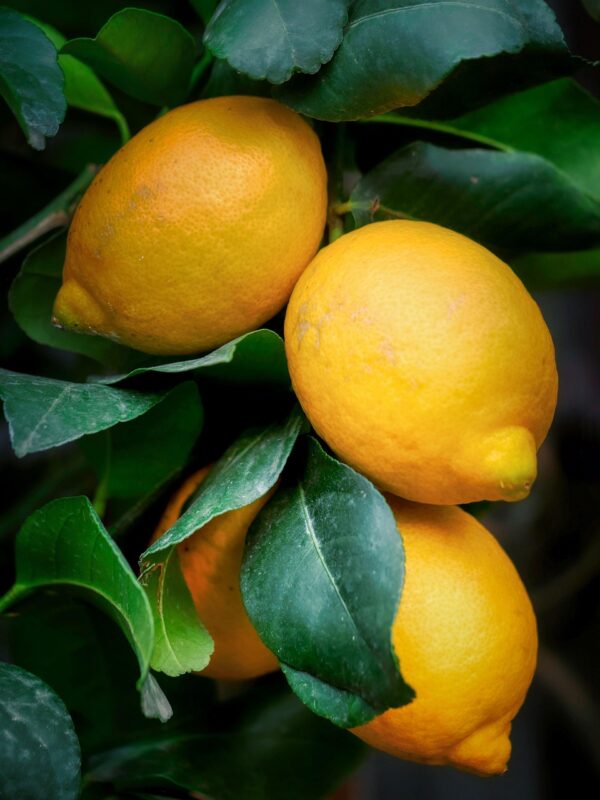
Not all lemons are created equal, and understanding the differences can help you make better choices when it comes to preserving them. The two most common varieties you’ll encounter are:
Eureka Lemons: These are the most commonly found lemons in grocery stores. They have a tart flavor and are available throughout the year.
Lisbon Lemons: Similar to Eureka, Lisbon lemons are slightly more aromatic and have a similar earthy, zesty flavor.
Meyer Lemons: A hybrid between a lemon and a mandarin, Meyer lemons are less acidic and have a sweeter taste. Their thinner skin makes them perfect for juicing but can pose a challenge in preservation.
Choosing the right lemon is crucial because it affects the outcome and taste of your preserved lemons. Meyer lemons are particularly popular for preserving due to their aromatic qualities.
Choosing the Best Lemons for Preservation
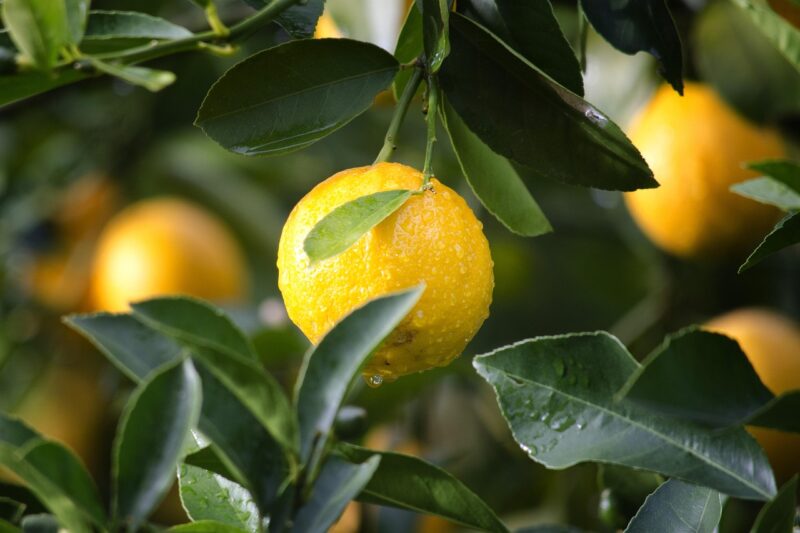
When selecting lemons, look for those with vibrant yellow skin, a firm texture, and no blemishes or soft spots. Organic lemons are often a better choice as they are less likely to have been treated with wax or pesticides. Preserved lemons maintain their flavor best when the freshest produce is selected.
Popular Methods of Preserving Lemons
There are several methods to preserve lemons. Each has its unique characteristics and flavors to bring to your culinary endeavors.
Salting Lemons: Preserved Lemons
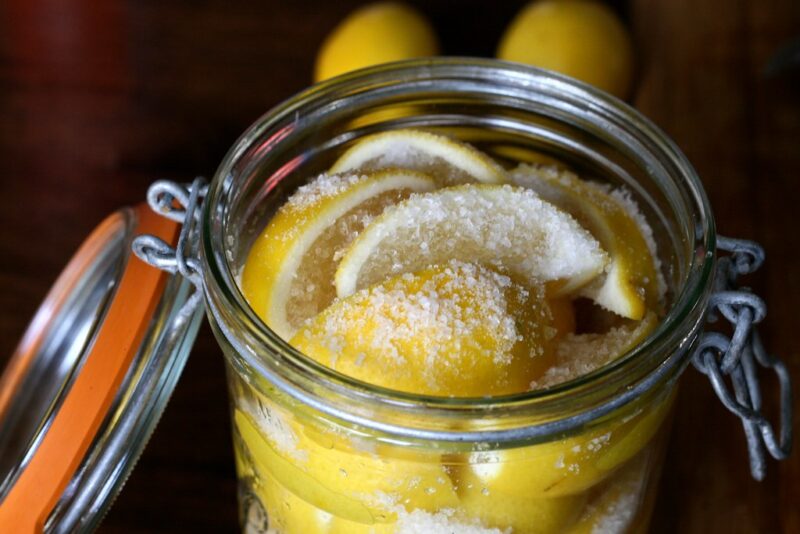
One of the most popular methods for preserving lemons is salting, a traditional technique used primarily in Mediterranean and Middle Eastern cuisines. This method not only extends the shelf life of lemons but also infuses them with a vibrant, complex flavor.
Ingredients:
Fresh lemons
Sea salt (preferably coarse)
Additional spices (optional, such as bay leaves, coriander, or peppercorns)
Method:
Preparation: Start by washing your lemons thoroughly to remove any residue. Cut the lemons into quarters, ensuring not to cut all the way through so that the wedges remain attached at the base.
Salting Process: Generously sprinkle salt inside each lemon quarter as you open them. Place the salted lemon in a sterilized jar, packing them tightly together. As you layer them in the jar, continue to add salt in between.
Adding Flavor: If desired, add spices or herbs between the layers of lemons to introduce additional flavors. Bay leaves can impart a warm and aromatic flavor that pairs exceptionally well with the lemon.
Storage: Seal the jar tightly. Place it in a cool, dark place for about a week. As the lemons release their juices, they will become submerged. If the lemons aren’t covered by their juice after a week, you can add a little freshly squeezed lemon juice or more salt.
Maturing: After a month, the preserved lemons are ready to use — though they will become even more robust in flavor as they continue to age. Properly preserved, they can last up to a year in the refrigerator.
Usage Tips: Rinse the preserved lemons before using to remove excess salt. The rind is often the prized part, perfect for dressings, marinades, or even chopped into salads for an intense, citrusy kick.
Canning Lemons

Canning is another effective way to preserve lemons, which creates a shelf-stable option that locks in the fruit’s freshness.
Ingredients:
Lemons
Sugar
Water
Optional spices (like vanilla beans or cinnamon sticks)
Method:
Preparation: Just like in salting, wash the lemons thoroughly. You can choose to slice them into wedges or retain them whole.
Making Syrup: In a pan, mix equal parts sugar and water, heating until the sugar dissolves. You may choose to infuse this syrup with spices if you desire.
Packing Lemons: Pack the lemons into sterilized jars. Pour the syrup over the lemons until they are submerged, leaving a little space at the top for expanses.
Sealing: Seal the jars tightly. Process them in a water bath for about 15 minutes to create a vacuum seal that preserves the zestiness and flavor.
Storage: Allow the jars to cool completely, then store them in a cool, dark area. They are typically ready to use after two weeks and can remain good for a year.
Usage Tips: The syrup can be a delightful addition to drinks or desserts, adding a unique twist to traditional recipes.
Lemon Juice Concentrate
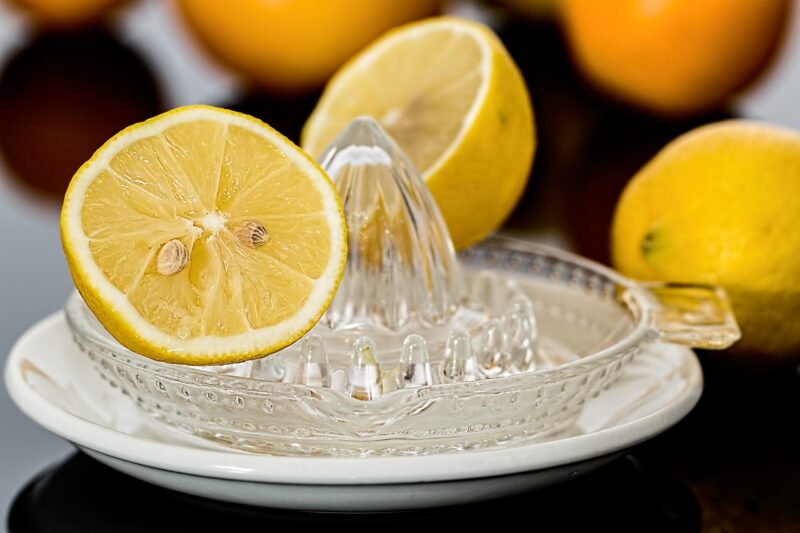
Another popular method for preserving lemons is squeezing and freezing their juice. This is especially beneficial if you are looking to save space and have versatility with single ingredients.
Ingredients:
Fresh lemons
Method:
Juicing: Squeeze fresh lemons to collect their juice. You may choose to use a reamer or juicer for efficiency.
Freezing: Pour fresh lemon juice into ice cube trays, filling each section halfway. Allow to freeze until solid, then transfer the cubes into a resealable plastic bag or airtight container.
Labeling: Don’t forget to label the container with the date. Lemon juice cubes can be used in recipes directly from frozen or thawed for dressings and marinades.
Usage Tips: Lemon juice ice cubes are fantastic for adding a quick citrus burst to beverages, sauces, or dressings without having to re-squeeze fresh lemons.
Drying Lemons
If you prefer to keep things simple and crave a unique texture, consider drying lemons. Dried lemons can add remarkable flavor to your meals while retaining a special visual appeal.
Ingredients:
Fresh lemons
Method:
Slicing: Wash and slice the lemons into very thin slices. The thinner the slices, the faster they’ll dry.
Dehydrating: Place the slices on a dehydrator tray or a baking sheet lined with parchment paper. If using an oven, set it as low as possible (around 150°F) and allow them to dry for several hours, flipping occasionally.
Storage: Once they are fully dehydrated, store them in an airtight container away from direct sunlight.
Usage Tips: Dried lemons are excellent for adding to tea, infusing flavors into stews, or grinding into a powder to use as seasoning.
Creative Ways to Use Preserved Lemons
Once you’ve preserved your lemons, you’ll find they can elevate a wide array of dishes. The rich flavor of preserved lemons can transform everyday meals into extraordinary flavors.
Middle Eastern Dishes
Preserved lemons are a staple in many Middle Eastern dishes. Imagine slow-cooked Moroccan tagines garnished with fragrant preserved lemon, paired perfectly with couscous or aromatic rice. Whether it’s a chicken or vegetable stew, the depth and complexity of flavor from preserved lemons ties it all together.
Salads and Dressings
Bring a bright zing to your salads by chopping preserved lemon rind into your v vinaigrettes or tossing it with mixed greens. The lemon zest complements space so beautifully, creating a dressing that’s both refreshing and savory.
Marinades for Meats and Fish
Incorporating the unique taste of preserved lemons into marinades can make a significant difference. You can blend it with garlic, olive oil, and herbs for pork, poultry, or fish dishes to unlock new layers of flavor.
Desserts
Diced preserved lemon can also enhance desserts, adding a tart contrast to sweet flavors. Incorporate it into cakes, salsa, or even syrups for glazes on custards. It can create beautifully layered flavor profiles that surprise and delight your guests.
The Nutritional Benefits of Preserved Lemons
The preservation process doesn’t diminish the nutritional value of lemons; rather, it can enhance certain aspects. The salty preservation method, while it may add sodium, also concentrates the lemon’s nutrients.
Rich in vitamin C, antioxidants, and dietary fiber, preserved lemons can be a healthy addition to a balanced diet, helping boost overall health. In addition, the fermentation that occurs during the preservation process produces probiotics, which are beneficial for gut health.
Preserving Lemons: Culinary Adventures Await
As you embark on your journey of preserving lemons, remember that this process goes beyond simply extending shelf life. It opens doors to new culinary adventures and experiences in your kitchen. Each method carries its own narrative and character, inviting you to explore a diverse range of flavors and dishes.
Whether you’re salting, canning, juicing, or drying, preserving lemons offers a wonderful way to connect with the essence of this beautiful fruit, ensuring that its vibrant zest can enhance your meals for months to come. So, gather your lemons, experiment with different techniques, and bring the magic of preserved lemons into your home. You’ll find that the joy of preservation is not just in the final product, but also in the journey of creativity and taste.
Conclusion
Preservation is an age-old practice that transforms simple ingredients into essential staples for any kitchen. By mastering the art of preserving lemons, you will not only enrich your culinary repertoire but also ensure that you have this delightful ingredient readily available. The tangy and aromatic depth that preserved lemons offer can turn the ordinary into extraordinary, making every meal a little more vibrant and flavorful.


